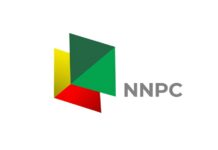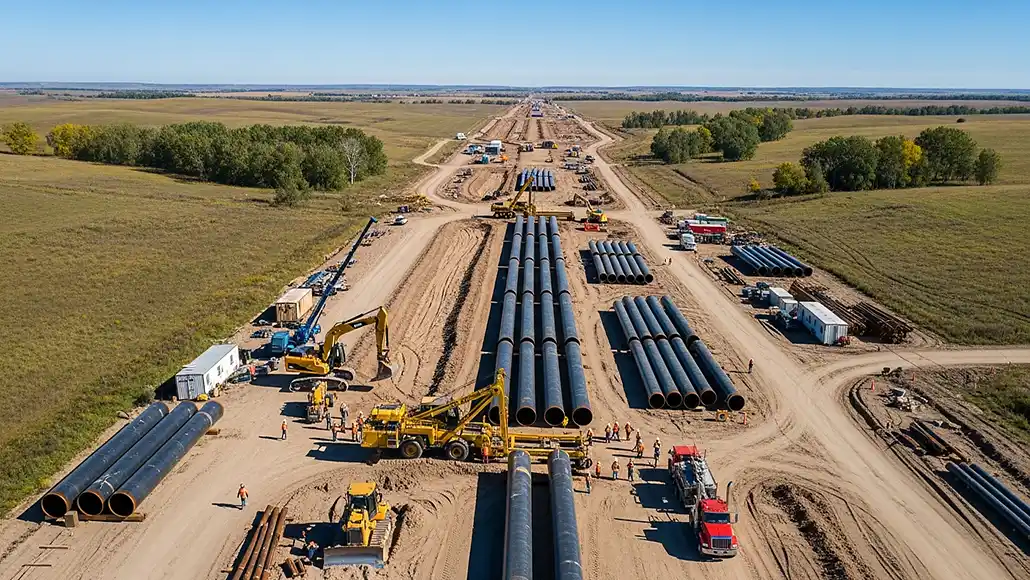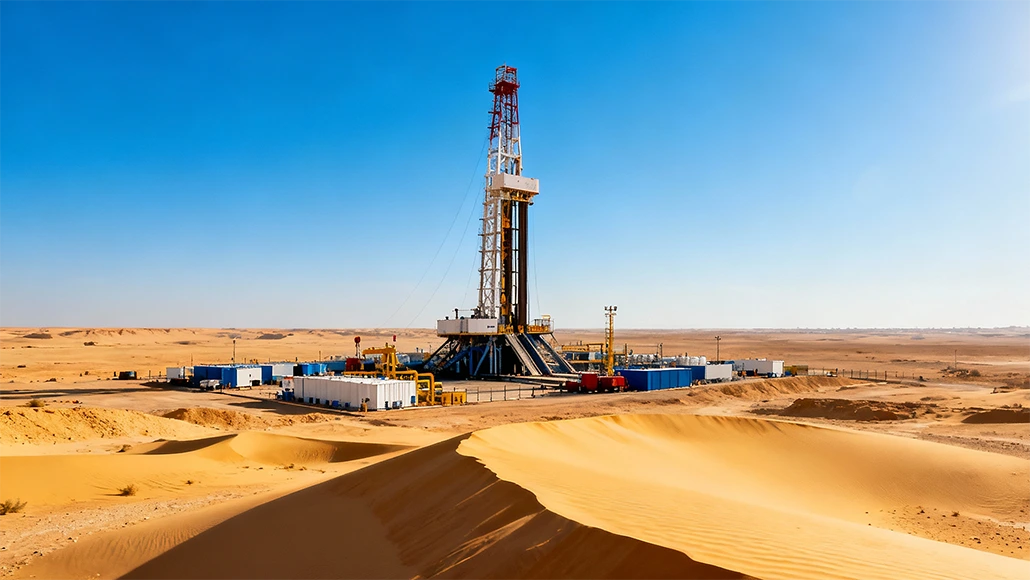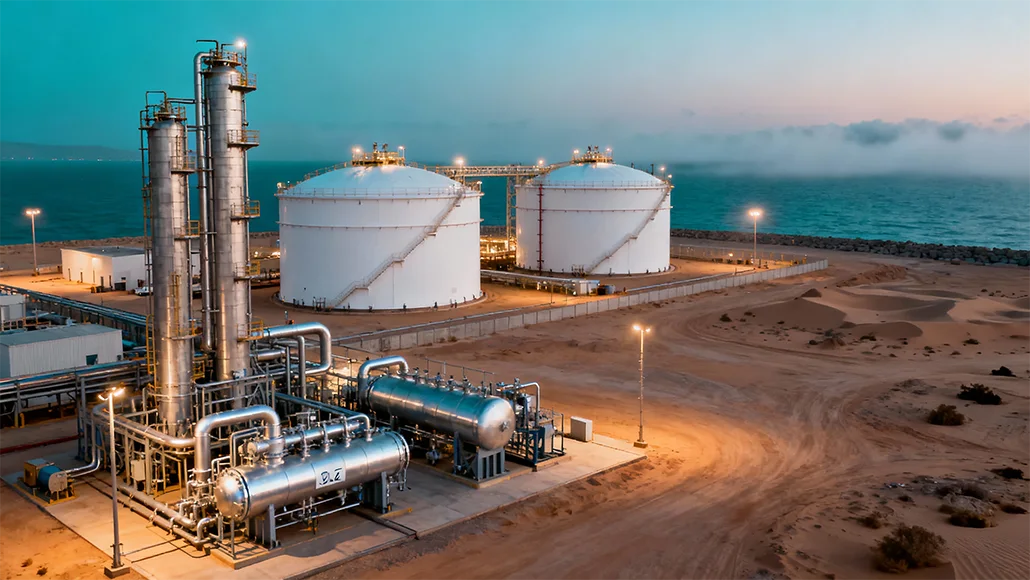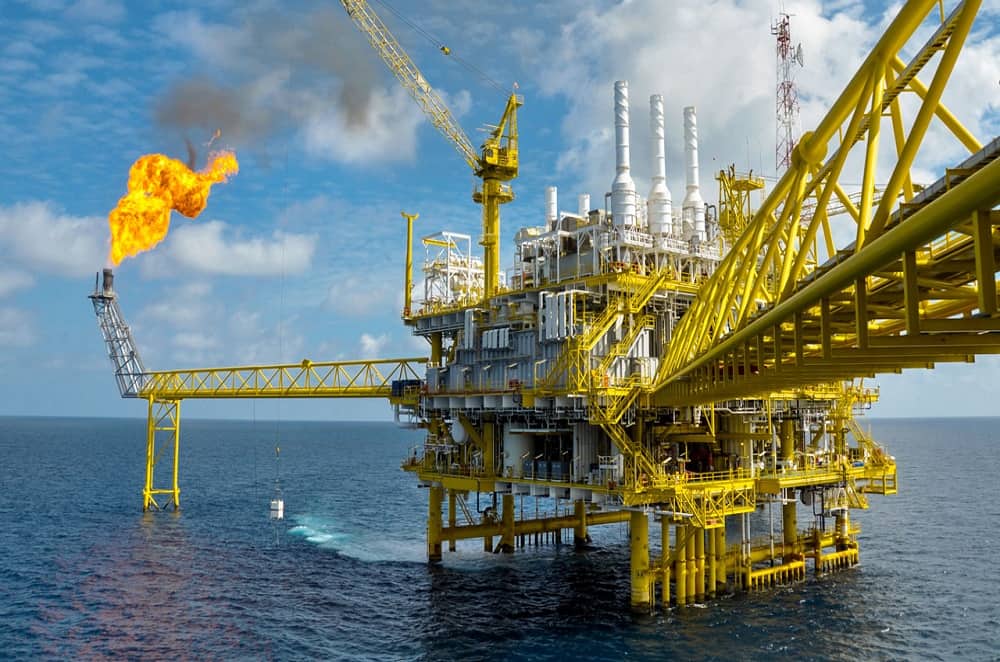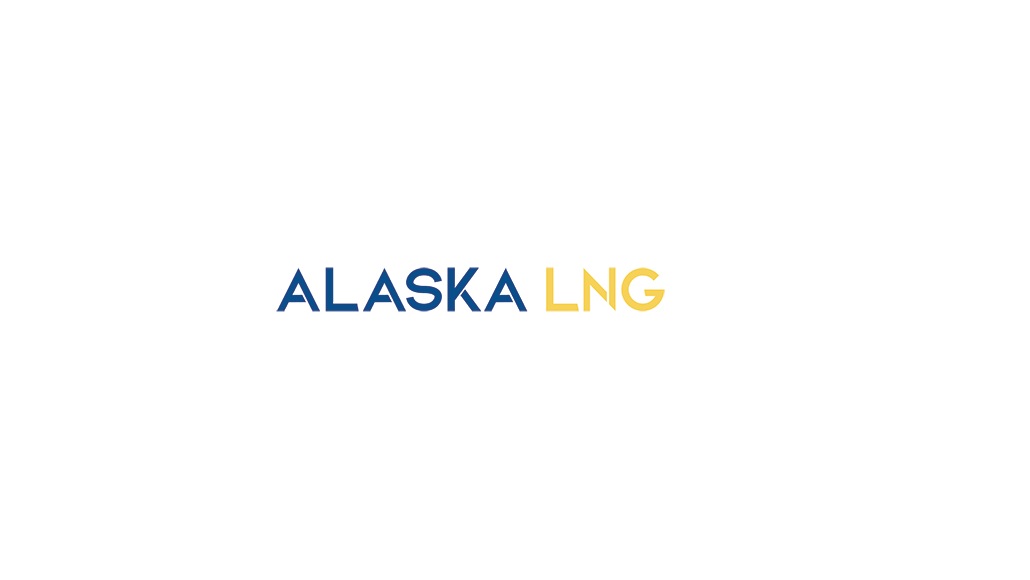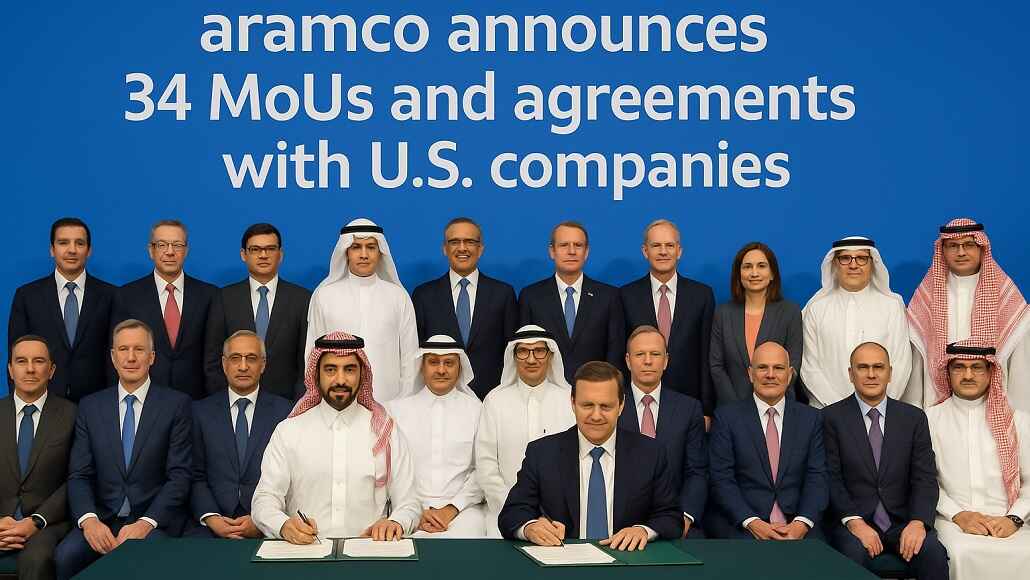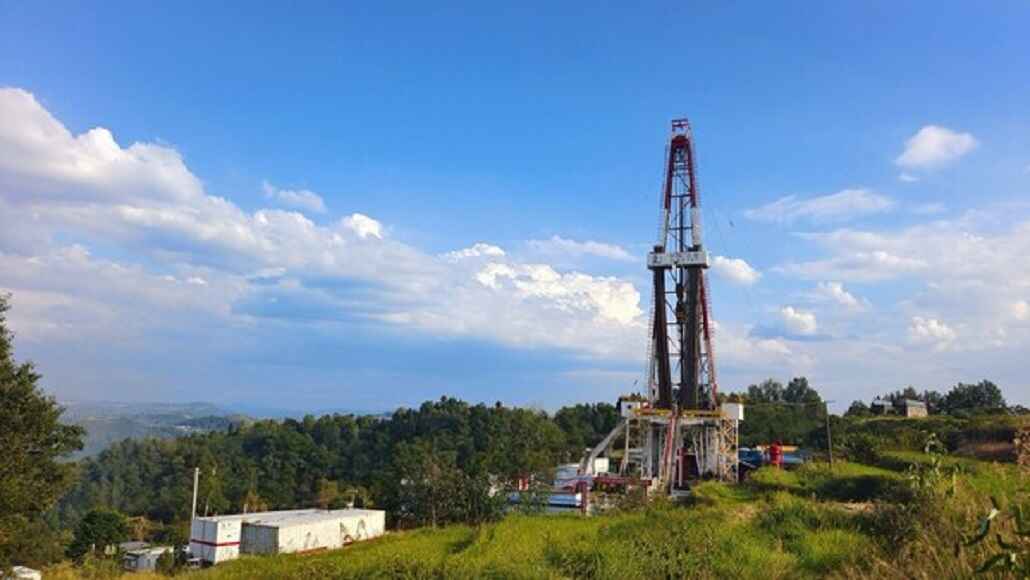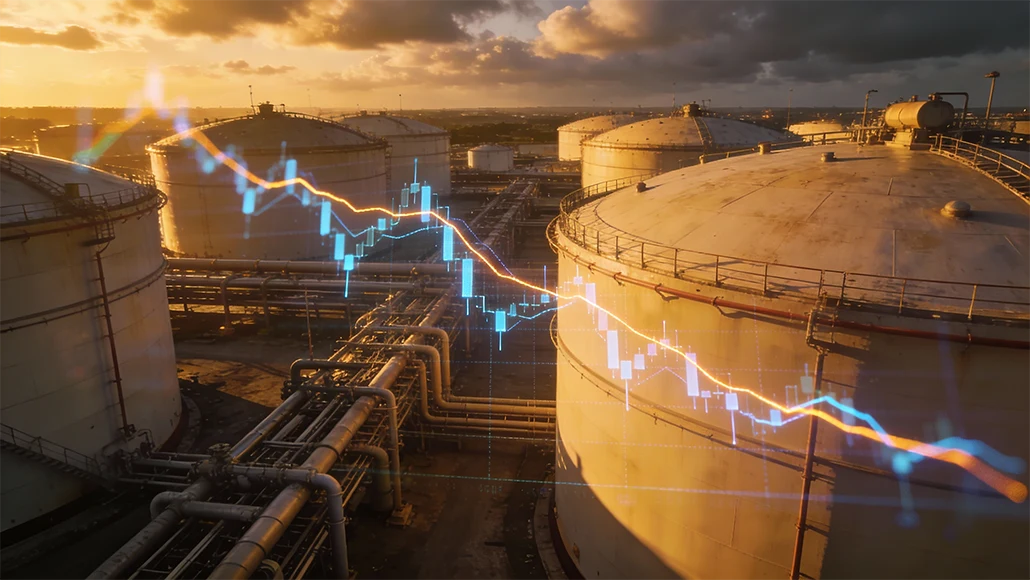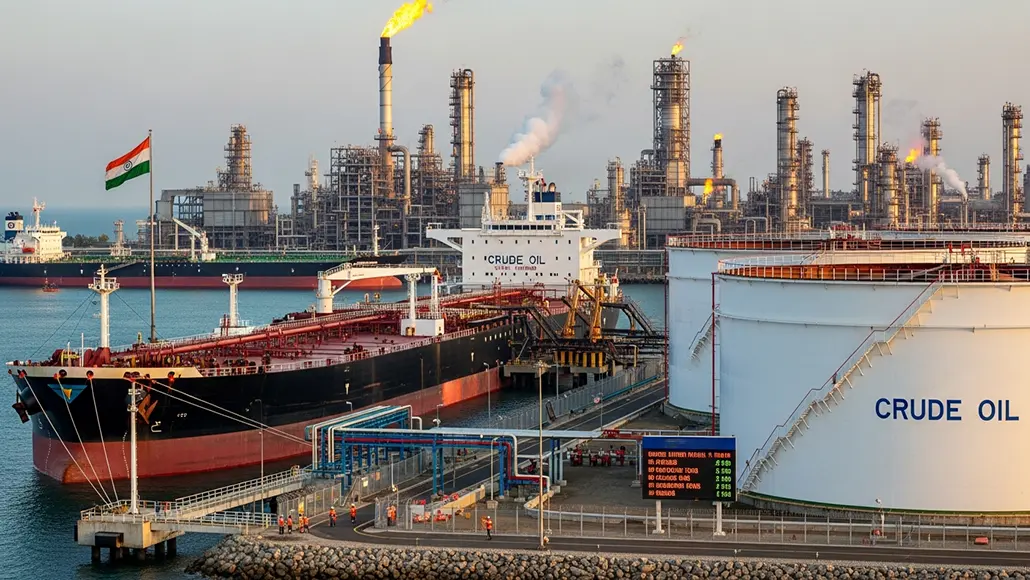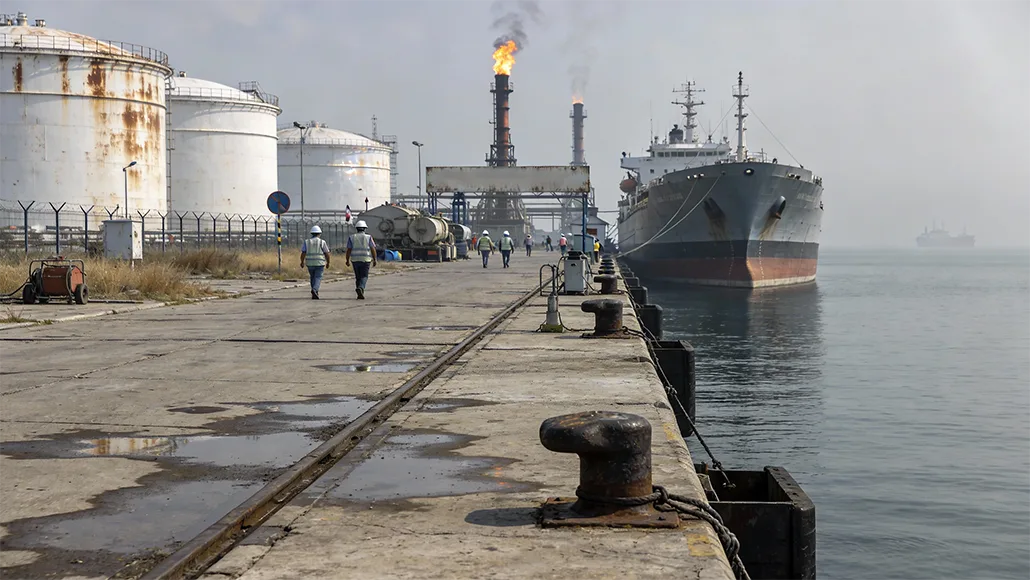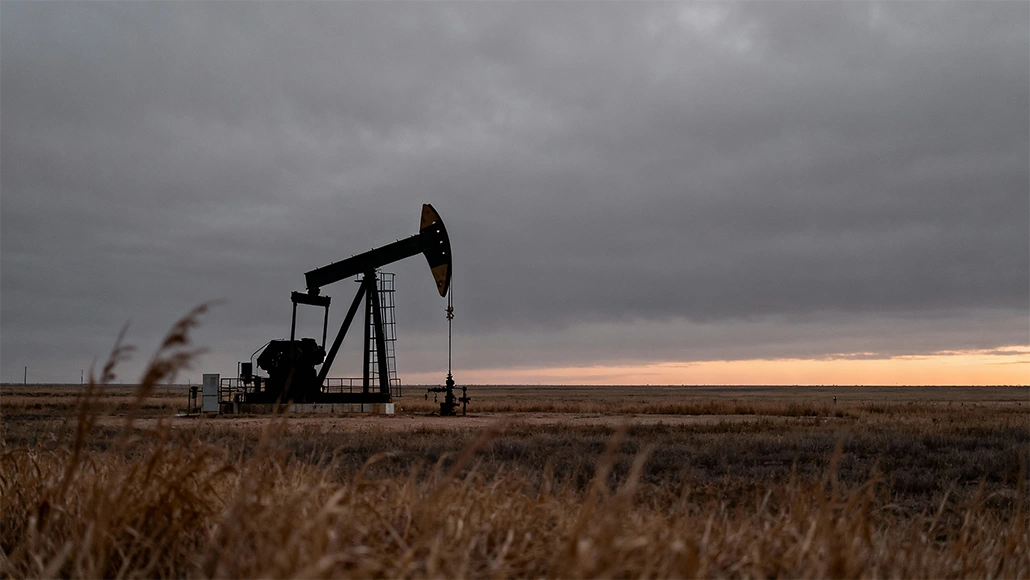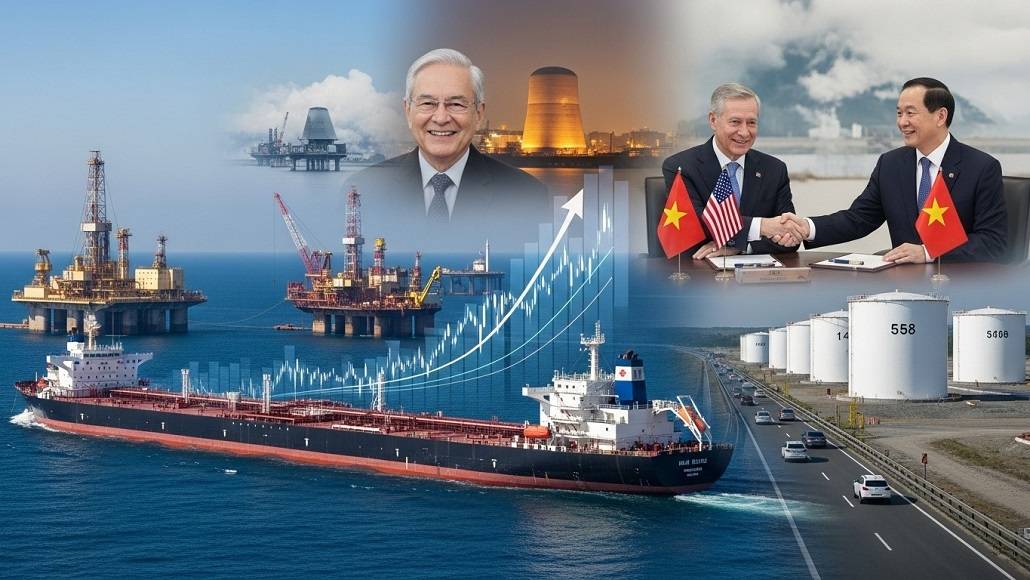Oil prices went up 3% on Wednesday because Iran stopped working with the U.N. nuclear inspectors and the U.S. and Vietnam made a trade agreement. However, a surprising spike in U.S. oil prices supply kept from going up too much.
Brent oil closed $2.00 higher, or 3%, at $69.11 a barrel. U.S. West Texas Intermediate crude closed $2.00 higher, or 3.1%, at $67.45 a barrel.
Brent has moved between a high of $69.21 a barrel and a low of $66.34 since June 25. This is because worries about supply problems in the Middle East have eased after Iran and Israel reached a truce.
Iran passed a bill saying that the Supreme National Security Council in Tehran must approve any future inspections of its nuclear installations by the International Atomic Energy Agency. The government has said that the agency is supporting Western countries and giving Israel a reason to bomb.
“The market is pricing in some geopolitical risk premium from Iran’s move on the IAEA,” said Giovanni Staunovo, a commodity analyst at UBS. “But this is about sentiment, there are no disruptions to oil.”
Prices also went up after President Donald Trump and Vietnamese state media reported that the U.S. and Vietnam had reached a trade deal that places 20% tariffs on many of the Southeast Asian country’s exports after talks that went on to the last minute.
“Risk appetite appears emboldened by an apparent tariff deal between the U.S. and Vietnam today,” analysts at energy advisory firm Ritterbusch and Associates said in a note.
Prices went down early in the session after the U.S. Energy Information Administration stated that domestic crude oil prices & stocks grew by 3.8 million barrels to 419 million barrels last week. A Reuters poll of analysts had predicted a drop of 1.8 million barrels. Petrol demand fell to 8.6 million barrels per day, which raised worries about how much people would use it during the busy summer driving season.
“During summer time, 9 million (bpd) is basically the line in the sand to define a healthy market,” said Bob Yawger, director of energy futures at Mizuho. “We’re now well below that. That’s not a good sign.”
Priyanka Sachdeva, a senior market analyst at broking Phillip Nova, said that expected production increases by OPEC+ (the Organisation of the Petroleum Exporting Countries and its allies, including Russia) seemed to be already priced in and were unlikely to take markets off surprise again soon.
According to Kpler, Saudi Arabia’s exports rose by 450,000 bpd in June compared to May. This was the largest rise in more than a year. But Staunovo added that OPEC+ exports as a whole have stayed about the same or gone down a little since March. He thinks this tendency will continue over the summer since hot weather makes people want more energy.
The release of the key U.S. monthly employment report on Thursday will shape expectations around the depth and timing of interest rate cuts by the Federal Reserve in the second half of this year, said Tony Sycamore, an analyst at IG.
Lower interest rates might get the economy going, which would then increase the demand for oil.





